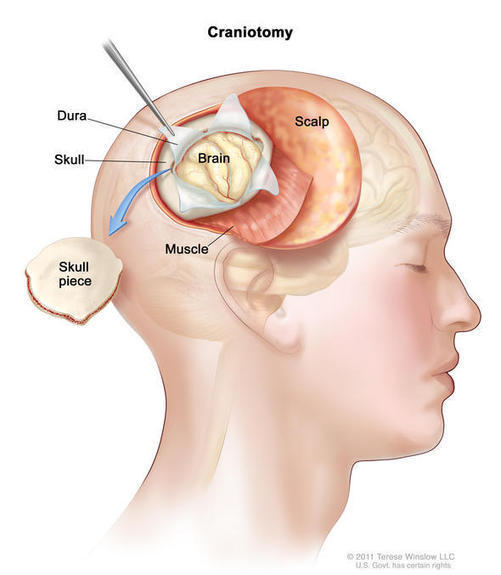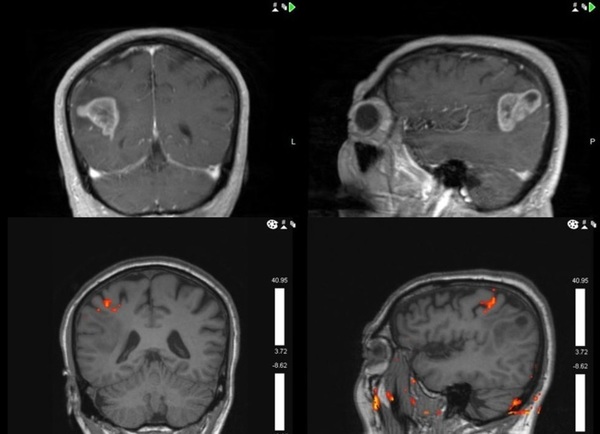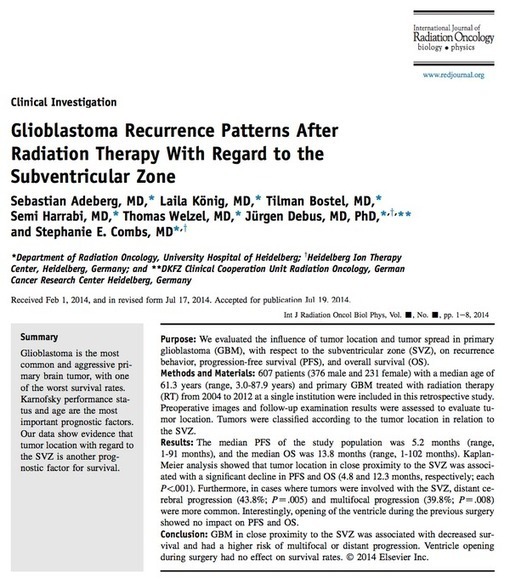Cytomegalovirus as a novel target for immunotherapy of glioblastoma multiforme
Progress in the treatment of glioblastoma multiforme (GBM) over the last few decades has remained marginal and GBM is still universally fatal with short survival times after initial diagnosis. Much research is focused on finding new therapeutics for GBM and immune based approaches have shown great promise. The detection of cytomegalovirus (CMV) antigens in malignant cells has suggested that treatment strategies based on immunological intervention, such as adoptive transfer of antiviral T cells or vaccination with viral epitopes, could be exploited as cancer therapy.
 Your new post is loading...
Your new post is loading...
























